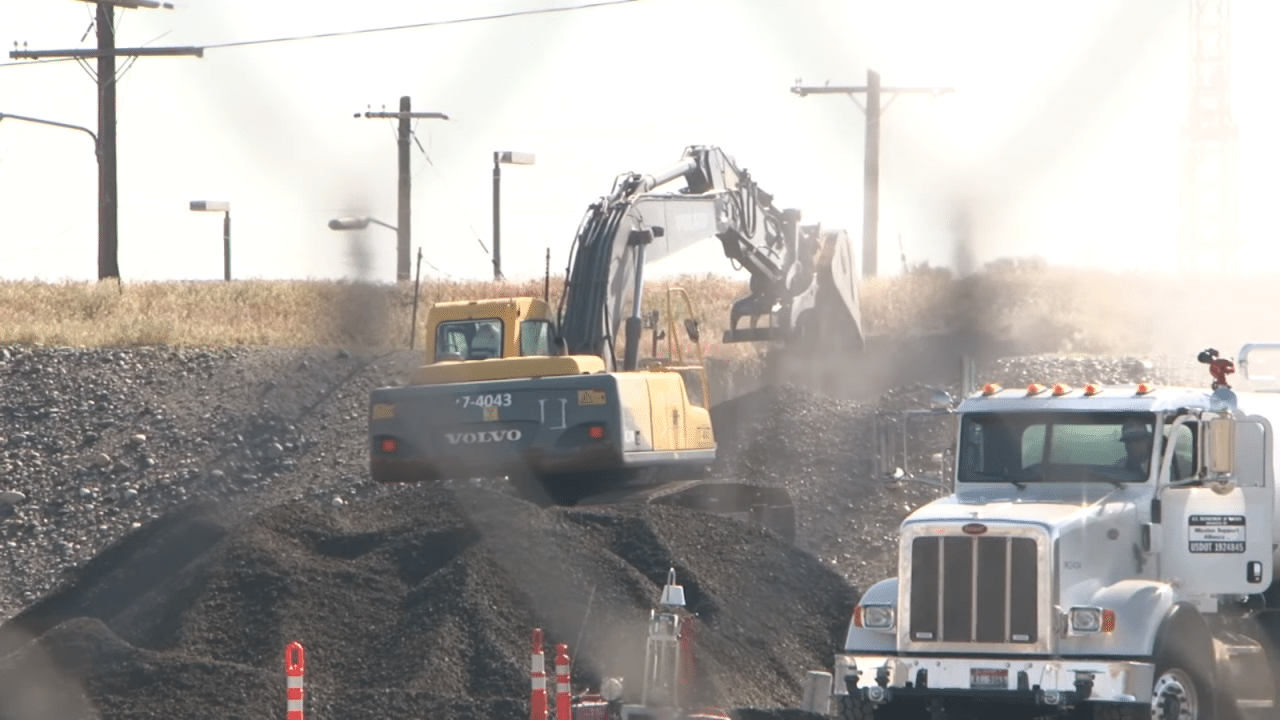
The Department of Energy is making plans to fill the partially collapsed waste tunnel at the Hanford PUREX plant with grout, the agency said in a Wednesday meeting with state regulators and site contractor CH2M Plateau Remediation Company.
Personnel at the Hanford…